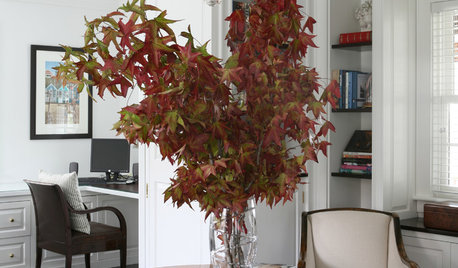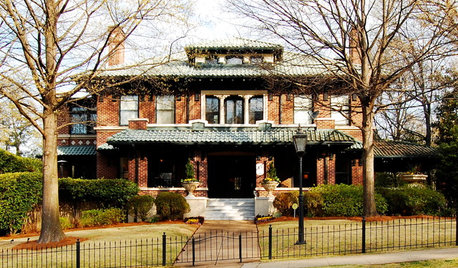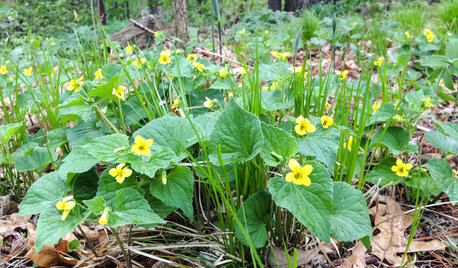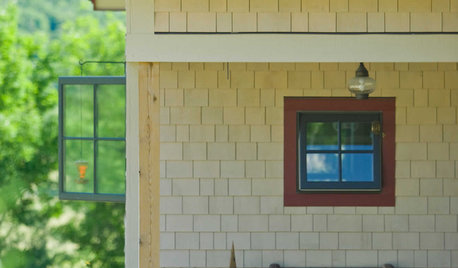Yellow Leaves on Nectarine
notned
16 years ago
Featured Answer
Sort by:Oldest
Comments (13)
jean001
16 years agoRelated Discussions
Leaving fruit on a young Nectarine?
Comments (2)The fruits will probably drop on their own. It wouldn't hurt anything to leave a couple, if they don't. Nects bear early....See Morelitte nectarines turning yellow, falling off
Comments (1)Janeo: Oriental fruit moth, and/or plum curculio. Infestations of these insects vary from year to year, and this may be a bad one where you live, wherever that is. Numbers of these insects can also build up over time if fallen fruit is allowed to remain on the ground, creating an insect hatchery. Permethrin is an effective and available spray against these tough and persistent insects, but spraying should begin early when the fruits are very small and the skins tender. Nectarines are the single most attractive fruit to the OFM that I know of, and I have quit trying to grow them here for this reason, as well as the later fungal infections that lead to fruit rotting on the trees. If you are in a location where you can actually grow nectarines, you may still have to start a spray program. Don Yellman, Great Falls, VA...See Morewhat is wrong with the leaves on my nectarines and peaches?
Comments (1)bellegrovegardener, Try this SITE...See MoreHelp! Red spots on blueberries/red leaves on apricot and nectarine
Comments (1)I haven't experienced this but this site may help. http://homeguides.sfgate.com/blueberries-yellow-leaves-red-spots-42898.html...See Morenotned
16 years agojellyman
16 years agoBeeone
16 years agolindamcd54
15 years agofruitnut Z7 4500ft SW TX
15 years agojellyman
15 years agohoseman
15 years agolindamcd54
15 years agocaseyj
15 years agoDouglas Cook
3 years agoArlene Henrikson
3 years agolast modified: 3 years ago
Related Stories

EDIBLE GARDENSHow to Grow Your Own Peaches and Nectarines
Make gardening a little sweeter with these juicy fruits, which you can eat after plucking or preserve for later
Full Story
DECORATING GUIDES9 Easy Ways to Decorate With Autumn Leaves
Give your home a burst of color that can be used Halloween through Thanksgiving
Full Story
GARDENING GUIDESWhat's Wrong With My Plant? Leaves Often Hold the Clues
Learn how to identify common plant ailments by reading their leaves
Full Story
REMODELING GUIDESInterior Brick: Paint it or Leave It?
Here's how to know if covering that brick is a sin or solution
Full Story
FALL GARDENING5 Ways to Put Fall Leaves to Work in Your Garden
Improve your soil and yard the organic way with a valuable garden booster that grows on trees
Full Story
LAUNDRY ROOMSRoom of the Day: The Laundry Room No One Wants to Leave
The Hardworking Home: Ocean views, vaulted ceilings and extensive counter and storage space make this hub a joy to work in
Full Story
ARCHITECTUREStates of Style: Alabama’s Icons Leave Their Mark
In the first of a new series, discover the natural beauty, the architectural icons and some of our favorite homes deep in the heart of Dixie
Full Story
GARDENING GUIDESGreat Design Plant: Viola Pubescens Dots Woodlands With Yellow
Plant downy yellow violet in eastern U.S. woodland gardens for its heart-shaped leaves and bright yellow flowers
Full Story
SHOP HOUZZShop Houzz: Brighten Up Your Kitchen With Yellow
Enliven your kitchen with these Houzz finds that are sure to leave you sunny side up
Full Story
EXTERIOR COLORWhen to Paint Your Home Yellow
Be a cheer leader with this color that captures the sun and radiates a warm welcome
Full Story



jellyman